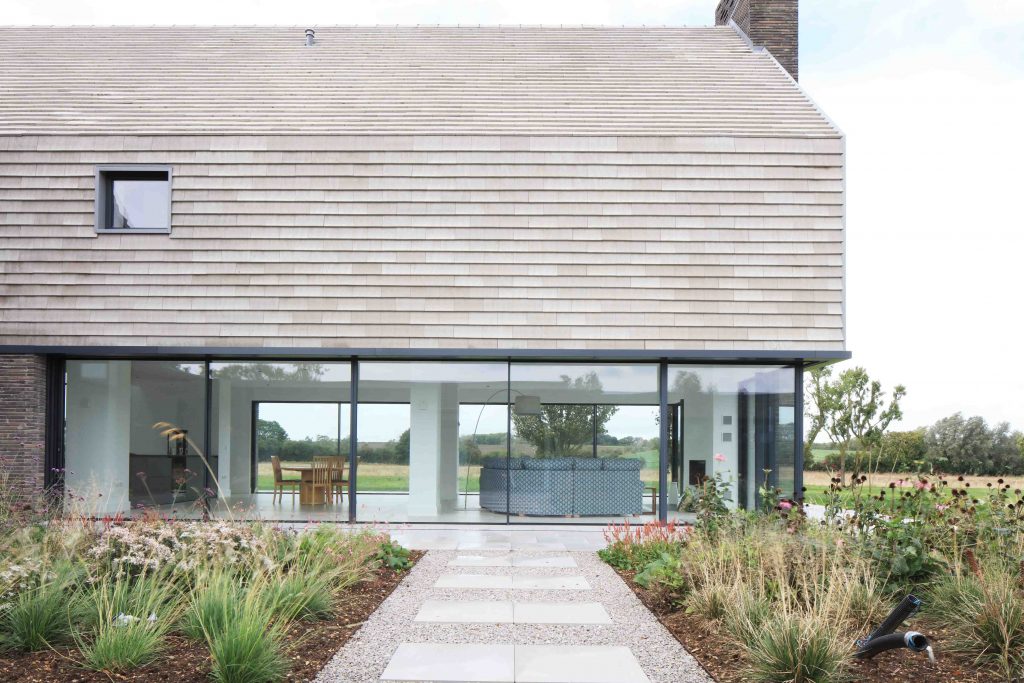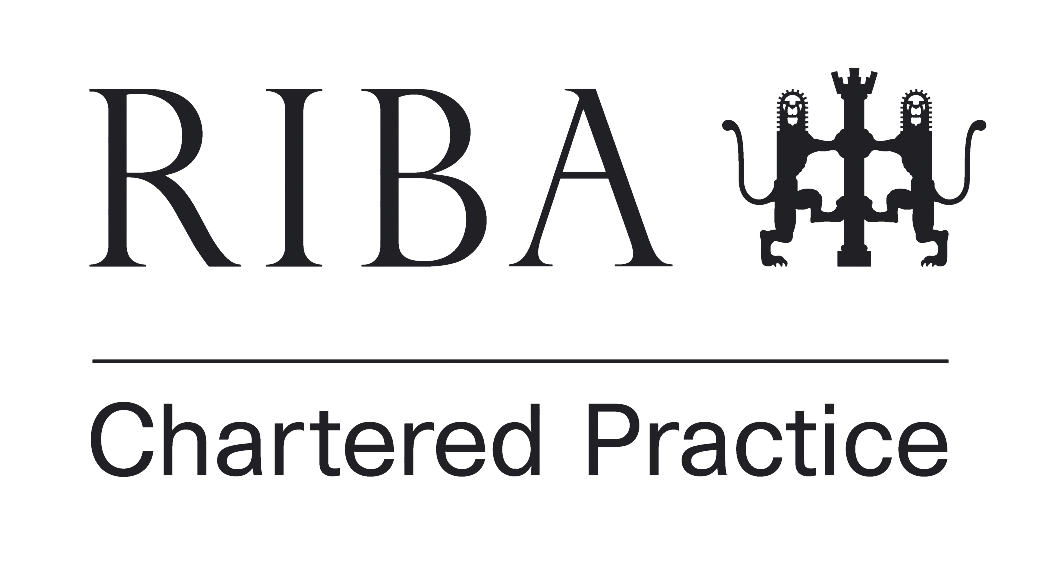24
Oct
Choosing Between MVHR and Natural Ventilation
The choice of a ventilation system for your home or building is a crucial decision that impacts indoor air quality, energy efficiency, comfort, and overall well-being. Two popular options in this regard are Mechanical Ventilation with Heat Recovery (MVHR) and natural ventilation. Both have their advantages and disadvantages, and selecting the right one depends on your specific needs and priorities. In this article, we will compare MVHR and natural ventilation based on their pros and cons.MVHR (Mechanical Ventilation with Heat Recovery):
Advantages:
- Improved Indoor Air Quality: MVHR systems excel at maintaining high indoor air quality. They continuously replace stale indoor air with fresh, filtered air, removing pollutants and allergens. This is especially beneficial for individuals with allergies or respiratory issues.
- Energy Efficiency: MVHR systems are energy-efficient. By recovering heat from extracted stale air and transferring it to incoming fresh air, they help maintain a consistent indoor temperature while using less energy. This leads to lower energy bills and reduced carbon footprint, making it an environmentally friendly choice.
- Enhanced Comfort: MVHR systems contribute to a comfortable indoor environment. They prevent cold spots and drafts by providing consistent temperatures throughout the building. Additionally, they reduce humidity levels, which can help prevent mold growth and improve overall comfort.
- Reduced Noise Pollution: MVHR systems operate quietly, making them an excellent choice for buildings in urban areas where outside noise can be a problem.
Disadvantages:
- Upfront Cost: The initial investment for an MVHR system can be substantial. These systems require specialized equipment and installation, with costs varying based on building size, system complexity, and component quality. In some cases, the upfront cost may be a deterrent.
- Maintenance: MVHR systems require regular maintenance, including filter cleaning, ductwork inspection, and heat exchanger checks. Neglecting maintenance can result in reduced efficiency, higher energy bills, and potential health issues.
- Reduced Flexibility: MVHR systems are designed to operate continuously. Therefore, they may not be suitable for buildings with irregular occupancy patterns or those with significant variations in internal heat loads.
- Complex Installation: Retrofitting MVHR systems in older buildings may require structural modifications, increasing installation costs and duration.
Natural Ventilation:
Advantages:
- Energy Efficiency: Natural ventilation is inherently energy-efficient, as it doesn't rely on mechanical systems. It uses natural airflow to ventilate spaces, reducing energy costs.
- Sustainability: Natural ventilation is eco-friendly, as it doesn't depend on energy-intensive mechanical systems, contributing to a sustainable building design.
- Reduced Initial Cost: Compared to the upfront investment required for MVHR systems, natural ventilation tends to have lower installation costs.
Disadvantages:
- Weather Dependence: Natural ventilation relies on weather conditions. On days with no wind or high humidity, it may not provide adequate cooling and ventilation.
- Limited Control: Controlling the amount of airflow and incoming air temperature can be challenging with natural ventilation. Maintaining a consistent indoor temperature can be difficult.
- Inability to Remove Specific Pollutants: While it improves indoor air quality, natural ventilation may not effectively remove specific indoor pollutants like tobacco smoke or chemical fumes.
- Limited Applicability: Natural ventilation may not be suitable for all climates or buildings. In hot, humid regions, it may not provide sufficient cooling, necessitating mechanical ventilation or air conditioning.
In summary, both MVHR and natural ventilation have their unique advantages and disadvantages. MVHR systems excel in maintaining excellent indoor air quality, energy efficiency, comfort, and reduced noise. However, the upfront cost, maintenance requirements, and limited flexibility may be drawbacks for some. On the other hand, natural ventilation is a cost-effective and sustainable option, but its effectiveness is subject to weather conditions and it may not effectively remove specific pollutants. The choice between the two depends on individual circumstances, building characteristics, and the specific priorities of the occupants. As experienced professionals we can help you make an informed decision that aligns with your needs and goals.
Contact Us



